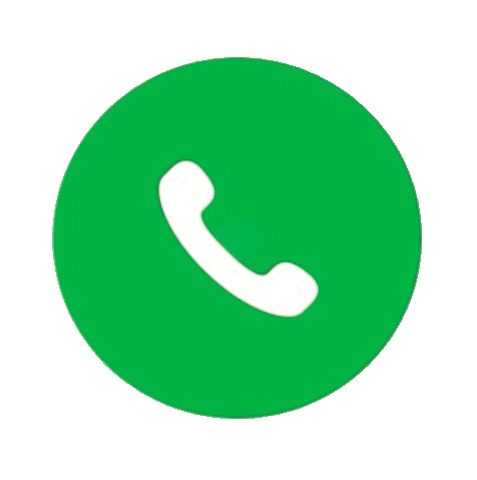Tutor: SS Coaching team

The first proof of distance education was traced back as early as 1728 when in The Boston Gazette, Caleb Philipps advertised weekly lessons in shorthand to be sent to those wishing to learn the art. This made the students learn from home the art of shorthand which was a new art at that time. This was not exactly a distance education pattern as it was not a two-way communication between the student and the teacher because it was only the teacher who was publishing articles about shorthand but he student was unable to contact the teacher. The major step towards distance learning was introduced by 1840 Sir Isaac Pitman to teach his new form of shorthand notion to the growing numbers of clerks working in government office and business in the Uk using penny post service as a medium of interaction.The students were asked to transcribe passages of the Bible into shorthand, which Pitman then corrected and returned to the same as the concept of TMA (Tutor Marked Assignment) in NIOS. This was followed by Charles Toussaint and Gustav Langenscheidt's Berlin-based language school established in October 1, 1856.These correspondence lessons became very popular and were widely read, so today Langenscheidt can be considered the "Father of distance education.”
Skerry's College, Edinburgh, 1878 used the correspondence method to train the students for civil entrance exams. Foulks Lynch started Correspondence Tuition Service in 1884 at London for training accountants. Thomas J Foster ‘started correspondence course in eastern Pennsylvania, 1891 for giving training about mining and mine safety. These courses at that time laid the basic foundation of today’s distance education and vocational training system.
In 1887 the University of Correspondence College was set up in the UK to help external students prepare for the University of London’s external degree. This type of correspondence method of education was further adopted by Illinois Wesleyan University (1874), Queen's University in Kingston, Ontario, Canada (1889), the University Extension Department of the University of Chicago (1891) and the University of Queensland in Australia (1911).
The method of distance learning reached new heights in the twentieth century when many renowned universities started providing both the methods of education to their students i.e. regular and correspondence for those students who were unable to attend regular classes. . Higher education provision was given a further boost by the foundation of multi-media distance teaching universities in the 1960s – the first of these being the Open University in the UK (1969). This ushered in a period of development, which saw the foundation of a number of distance-teaching universities, some of which, because they have over 100,000 students, has been described as mega-universities.
Then eventually Indian government considered this education system to impart education to all and increase the rate of literacy in India. After much discussion and consideration, HRD ministry govt of India through a resolution (No. F.5-24/90 Sch.3 dated 14 September 1990 published in the Gazette of India on 20 October 1990) brought NOs board into existence.
NIOS is the largest open school in the world. This year it has completed its 25 years of providing education to the students. NIOS has 2.59 million students on its roll being awarded as the largest Open University in the world.NIOS is also very popular in Commonwealth countries and in other developing countries.2.59 million students enrolled in a board speaks volumes by itself about the board and proves it credibility and authenticity of NEOs board. Not many people know that NIOS has 27 study centres overseas countries.
Association of Indian Universities, vide letter No. EV/11(354)/91/ 25 July 1991 issued Equivalence of Senior Secondary Certificate Examination of NIOS.NIOS in short a span of time has gained recognition not only by Indian but also from Universities across the world.
The trend has gained so much that approximately all universities in India have started distance education courses.
For any help related to admission in NIOS please contact SS Coaching @ on our Toll-Free No. 1800-120-6077





